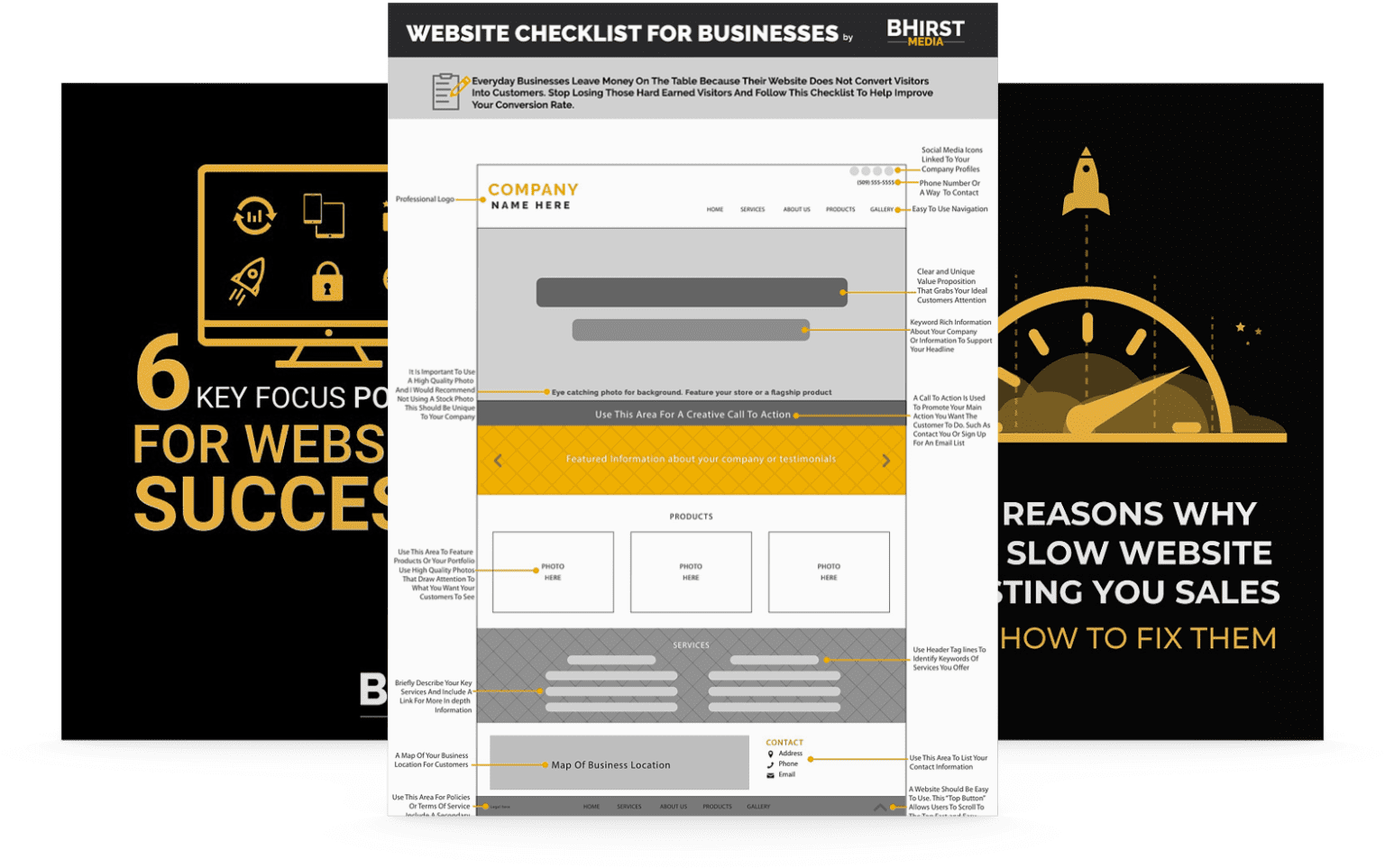
Understanding the value of domain ownership goes beyond financial investment—it protects your business identity, fosters trust, and provides peace of mind. In the following sections, we will explore actionable steps to secure and manage your domain effectively, ensuring your business stays protected in the evolving digital landscape.
Owning your domain name has a significant impact: securing your domain protects control over not just your online identity but the entire infrastructure of your business. Let’s explore why this is critical.
Your domain is your digital storefront, the real estate that ultimately defines your cyber presence. There’s a prevailing notion that having fancy business cards and a slick website equals a strategic online identity, but that misconception overlooks a foundational piece—your domain name. Controlling your domain provides a bulwark against loss of credibility, confusion among your customers, and capital loss or usurpation by competitors.
This article delves into why owning your domain name is a critical business practice, exploring the multifold benefits of ownership, the inherent risks when neglecting it, and practical ways to safeguard this invaluable asset. Let’s navigate through the steps to secure your digital identity and see how it significantly fortifies your business against various external factors, from market competition to cybersecurity threats.
Understanding why owning your domain name protects your business and identity is more than just following an online trend. A domain name is one of the most critical digital assets a business or individual can possess. It’s the foundation of your online presence, providing the unique identity that not only represents your brand but also where all your digital traffic is routed. Identifying yourself with a specific domain name gives you control over your web presence, ensuring that visitors are directed to your legitimate site. However, the reasons for securing your domain go beyond the basics.
Think of your domain name as the digital equivalent of your physical business location. Just as you would not want someone else to own or lease the building where your physical store resides, you wouldn’t want another entity to control your digital footprint. This is because losing access to your domain can lead to loss of reputation, revenue, and trust from your customers. In today’s interconnected world where first impressions are often made online, the importance of domain ownership cannot be overstated as it establishes your legitimacy, credibility, and authority in your niche or industry.

Owning a domain name isn’t just about having a web address; it’s an investment in your online brand identity. Efficiency gains are only part of the equation—true business impact comes from seamlessly integrating domain ownership best practices with broader business strategies to ensure sustainable improvements.
Firstly, owning your domain allows you to craft a cohesive brand image across various platforms. Your website, email content, and any related services can all share a consistent identity, which strengthens brand recall and trust among your audience. This unified experience can significantly boost your brand’s visibility and loyalty.
Secondly, domain management tips to consider include ensuring you control how and where your brand is represented online. Here are some tangible benefits:
In essence, a domain name is not just a URL but a digital property that can appreciate in value as your brand grows. With the right strategy, domain ownership offers a multitude of benefits and provides a defensible digital asset for any entity concerned with its online identity.
The domain registration process can seem daunting at first, but understanding the key steps is crucial for a hassle-free experience. Here’s how you can secure and manage your domain name:
Research domain registrars for competitive pricing, customer service, reputation, and additional services. Some popular registrars include GoDaddy, Namecheap, and Google Domains. Consider factors such as uptime guarantees, security features, and the availability of support channels.
Before you can purchase, you’ll need to find a domain that’s both available and relevant. Tools like DomainTyper or the registrar’s search feature can help. Explore different domain extensions (e.g., .com, .org, .net) to find one that best suits your business or organization.
Once you’ve selected a domain, the next step is to provide payment and personal information for ICANN verification. This often includes an online registration form with standard fields for registration. Finalize your purchase through the registrar’s site, ensuring you read through the terms and conditions to be aware of domain privacy options, renewal fees, and more.
After registration, set up your Domain Name System (DNS) settings to point your domain to your hosting provider or other services. If you’re planning to build a website, consider where to host it—possibly with the same provider or separate if they offer better packages.
Securing your domain is about much more than having a web address—it’s about owning your brand’s identity, protecting your online reputation, and fostering trust among your audience. By proactively managing your domain through careful registration, effective security controls, and consistent renewals, your business will benefit from long-term stability and credibility. Don’t leave your digital assets vulnerable. Take charge of your domain and fortify your business presence in the ever-evolving online world.
Looking ahead, businesses that embrace adaptable strategies and data-driven decision-making will lead in an increasingly competitive landscape. Whether through emerging technologies, customer-first innovation, or operational agility, the next era of success will belong to those who can not just adapt—but anticipate change. The real question isn’t if you’ll adopt these advancements—but how effectively you’ll use them to gain a competitive edge in protecting and leveraging your brand’s digital identity.
